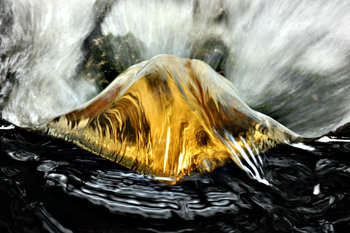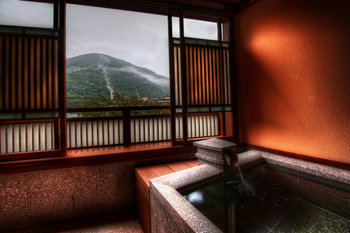
Cyan*#00ffff
Aqua*#00ffff
Aqua Cyan#01f1f1
Bright Cyan#41fdfe
Crisp Cyan#22ffff
Dark Cyan#008b8b
Electric Cyan#0ff0fc
Desaturated Cyan#669999
Greenish Cyan#2afeb7
Turquoise#06c2ac
Turquoise Blue#00ffef
Light Cyan#e0ffff
Primary Color
In some color systems, such as CMYK, cyan is considered a primary color that is used to produce all other colors. For example, printers may only require cyan, magenta, yellow and black to produce a reasonably wide range of colors on white paper.Cyan & Culture
Color perception is greatly influenced by culture such as language. Cyan is an excellence example of this as most English speakers view cyan as a particular type of blue. In other languages, blue and green are essentially variations of the same color that can be described as cyan in English. For example, in Japanese there is traditionally no distinction between blue and green. In this case, blue and green are simply viewed as variations of cyan. The Japanese "aoi" is often translated "blue" but cyan is a more accurate translation because the word is commonly used to describe both blue and green. This can lead to much confusion and misunderstanding. For example, it is common for Japanese speakers of English to describe the traffic light for go as blue.Notes
* Cyan and Aqua are mapped to the same code in prominent standards such as HTML/CSS.| Overview: Cyan | ||
Type | ||
Definition | A range of greenish-blue colors produced by the wavelengths of light between 490–520 nm. | |
Red (cyan can be produced by removing red light from white light) | ||
Primary Color | Yes, in CMYK color systems. | |
Component Colors | Blue + GreenAn alternative way of looking at this, common in some cultures, is that blue and green are both variations of cyan. | |
Cool | ||
Associations | The color of water. Bodies of water usually appear to be some variation of cyan from a distance but can also appear to be blue, grey or even black.Cyan is purported to have a soothing effect, perhaps due to its association with water.Commonly used for medical gowns and uniforms because cyan is the complement of the red. This makes blood highly visible on the uniform. | |
Related Concepts | ||






























